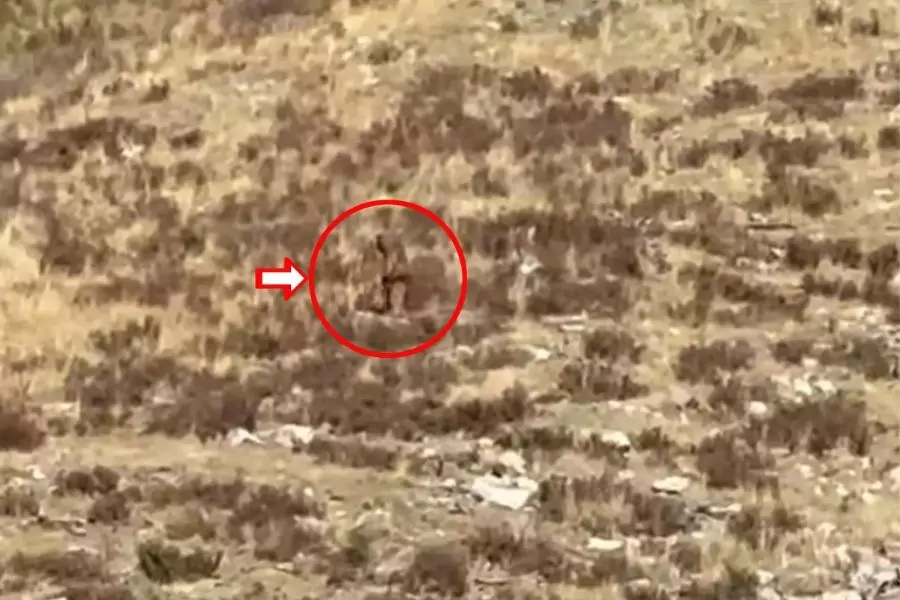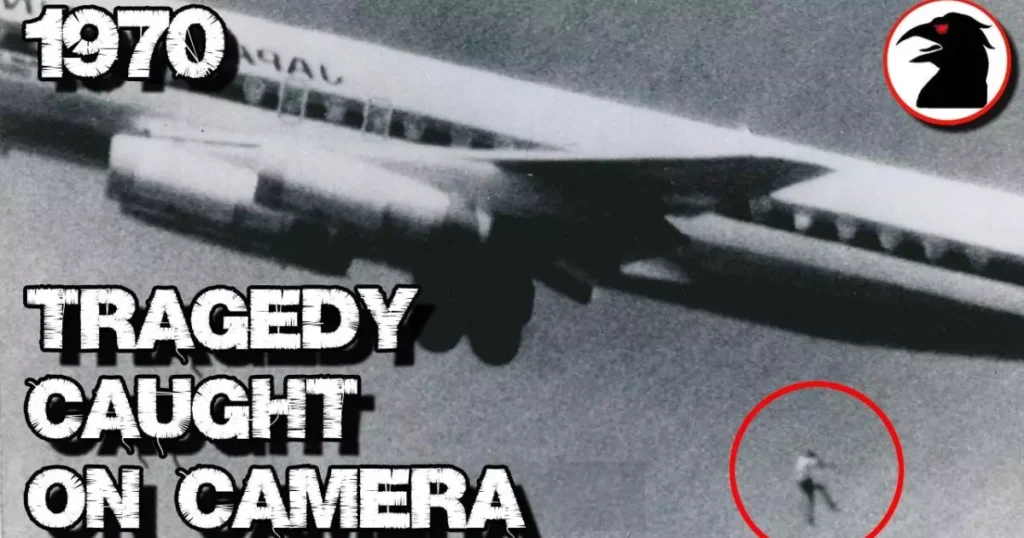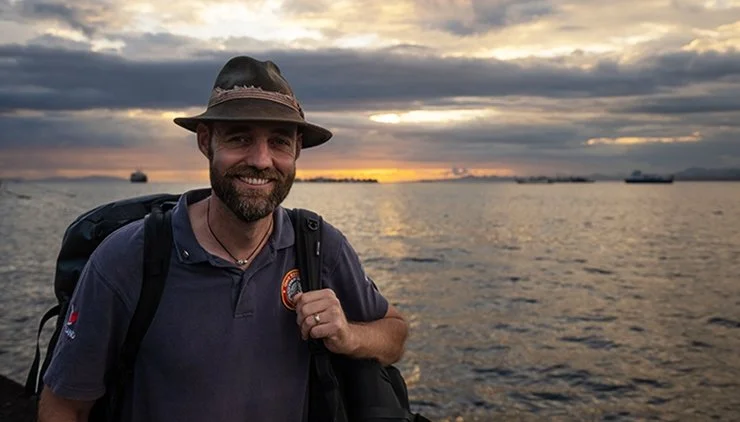
On June 10, 1990, what began as a routine flight from Birmingham, UK, to Malaga, Spain, turned into one of aviation’s most terrifying incidents. British Airways Flight 5390, a BAC One-Eleven jetliner, experienced a disaster when Captain Tim Lancaster was sucked out of the cockpit window. The quick thinking of the crew, especially flight attendant Nigel Ogden, saved his life. This event stands as a powerful example of human resilience and preparedness in emergencies.
The Start of a Routine Flight
Flight 5390 took off from Birmingham at 8:20 a.m. with 81 passengers and six crew members onboard. Captain Tim Lancaster and co-pilot Alistair Atchison were in charge. The flight was smooth as the aircraft reached a cruising altitude of 23,000 feet. However, just 13 minutes into the flight, disaster struck.
The Cockpit Windows Shatter
Without warning, two cockpit windows shattered, causing a massive decompression. The force of the decompression pulled Captain Lancaster from his seat, leaving his upper body hanging outside the plane. The sudden blast also ripped the cockpit door from its hinges, knocking flight attendant Nigel Ogden to the ground.

Realizing the danger, Ogden jumped into action. He grabbed Lancaster’s legs, preventing him from being fully sucked out. Ogden’s quick reaction made the difference between life and death for the captain.
Nigel Ogden’s Heroic Actions
Ogden later recalled the horrifying moment: “I saw the front windscreen had disappeared, and Tim, the pilot, was going out through it. All I could see were his legs.”
Without hesitating, Ogden leaped over the control panel and grabbed Lancaster around the waist. He pulled with all his strength to stop the captain from disappearing. Meanwhile, the wind had ripped Lancaster’s clothes off, and his body bent unnaturally, halfway out of the cockpit.
While Ogden held onto Lancaster, co-pilot Alistair Atchison faced an equally daunting task. The aircraft was descending rapidly at 650 km/h (403 mph) through one of the world’s busiest airspaces. Atchison had to regain control of the aircraft while communicating with air traffic control.
Fighting to Save the Captain
Ogden’s strength began to fade as he held onto Lancaster. The force pulling on the captain was immense, and Ogden feared he wouldn’t be able to keep him inside. At this point, flight steward John Howard rushed in. He grabbed Ogden by the belt, preventing him from being sucked out as well. Together, they managed to keep Lancaster inside the plane.
“I thought I was going to lose him,” Ogden said, “but he ended up bent in a U-shape around the windows. His face was hitting the side of the plane, and blood was coming out of his head.”
While they fought to save Lancaster, Atchison focused on stabilizing the plane. He needed to safely land the aircraft despite the critical situation in the cockpit.
Co-Pilot Atchison’s Mastery in the Air
Co-pilot Atchison took full control of the plane as Lancaster dangled outside. He radioed air traffic control and prepared for an emergency landing at Southampton Airport. Despite never having flown into the airport before, Atchison calmly brought the plane down, making a successful emergency landing.
The safe landing was a triumph of skill, quick thinking, and teamwork. Atchison’s calm under pressure, combined with the actions of Ogden and Howard, saved everyone aboard Flight 5390.
in 1990 the window of a plane fell off and one of the pilots got sucked out so they just held onto his legs while the plane landed pic.twitter.com/dp4mINhWy9
— David Farrier (@davidfarrier) November 13, 2020
A Miracle Survival
Both Captain Lancaster and Nigel Ogden escaped with relatively minor injuries. Lancaster suffered from frostbite, fractures to his arm and wrist, and a broken thumb. Incredibly, he returned to work just five months later. Ogden, however, had frostbite damage to his face and a dislocated shoulder. He also experienced post-traumatic stress disorder (PTSD) after the incident and retired in 2001 due to ill health.
Why Did This Happen? The Investigation
The Air Accidents Investigation Branch (AAIB) launched a full investigation to understand how such a disaster could occur. The findings revealed a maintenance error. A fitter had used incorrect bolts to secure the cockpit windows. These bolts were too small, leading to the catastrophic failure of the windows mid-flight.
The investigation’s findings prompted safety changes in the airline industry, especially in how maintenance tasks are handled and inspected. The lessons learned from this incident have helped prevent similar disasters from occurring again.
Lessons Learned from Flight 5390
The events aboard British Airways Flight 5390 highlight the importance of proper aircraft maintenance and emergency preparedness. However, the incident also tells a story of extraordinary human courage and quick thinking.
Nigel Ogden’s bravery, Alistair Atchison’s flying skills, and the resilience of Captain Lancaster all contributed to saving lives that day. Their teamwork in such a high-stress situation ensured the survival of everyone onboard, despite the dire circumstances.
This incident has become a case study in aviation safety. It demonstrates the value of thorough training, decisive action, and the courage to keep fighting, even in the most terrifying situations.
Terrifying Simulation Reveals Shocking Mid-Flight Incident of Pilot Sucked Out of Cockpit
In 1990, a British Airways flight from Birmingham to Malaga experienced a terrifying event when Captain Tim Lancaster was sucked out of the cockpit window just 13 minutes into the flight after two cockpit windows shattered. A simulation recreated the incident, showing Lancaster dangling out of the plane with his head and torso exposed, while flight attendant Nigel Ogden heroically grabbed his legs to prevent him from being fully ejected. Despite the pilot’s body hitting the aircraft and Ogden nearly slipping out, the crew worked together to keep Lancaster inside, and co-pilot Alistair Atcheson successfully landed the plane at Southampton Airport. Miraculously, both Lancaster and Ogden sustained only minor injuries.
An Incredible Survival Story
The terrifying ordeal of British Airways Flight 5390 stands as one of the most dramatic and miraculous survival stories in aviation history. Thanks to the quick thinking of the crew, especially Nigel Ogden, a disaster was narrowly avoided. This incident is a reminder of the importance of proper training and preparedness for emergencies.
While the investigation revealed a preventable error in the maintenance of the cockpit windows, it also led to lasting improvements in safety procedures. The bravery and skill shown by the crew of Flight 5390 remain an inspiring example of how, even in the face of overwhelming odds, human action and determination can prevail.

























































































































